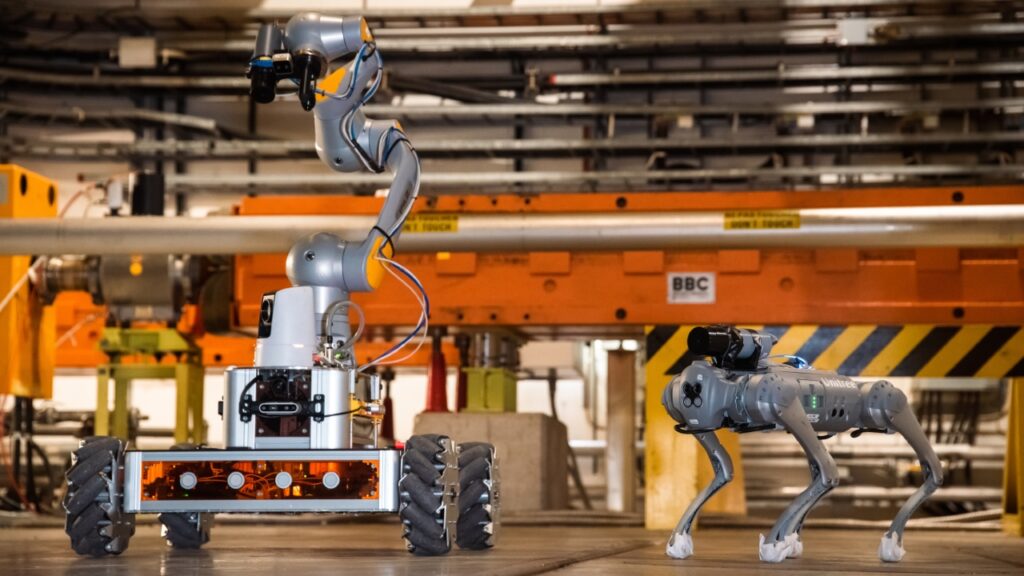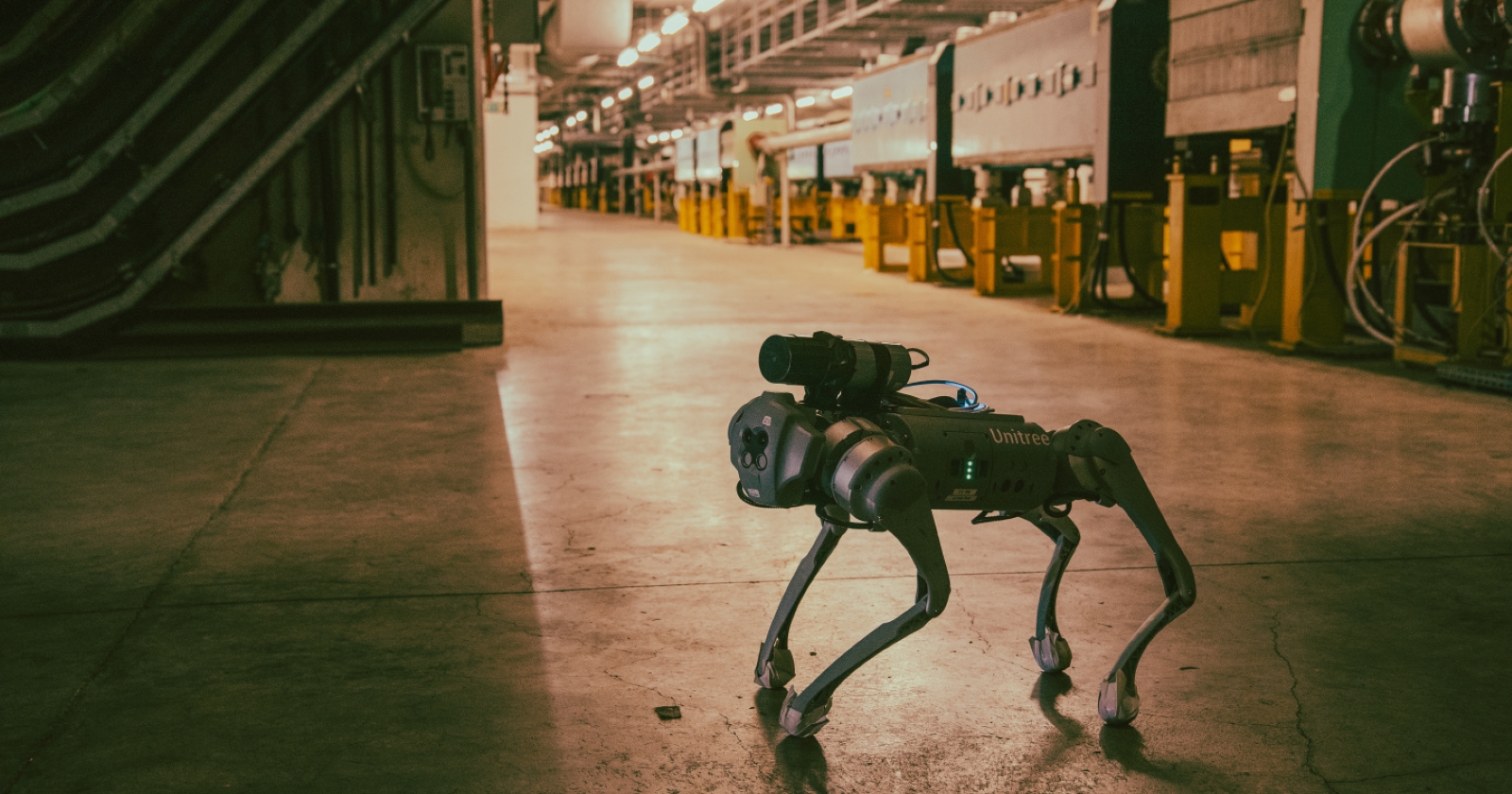Scientists at CERN are experimenting with a new type of robot that can detect potential radiation leaks in environments that are difficult for both humans and other robots used in the research center to navigate.
CERN’s radiation-detecting robot
The dog-like robot, called CERNquadbot, successfully completed a radiation protection test in the North Area, the largest experimental area of the facility. CERN robot engineer Chris McGreavy said, “There are large loose bundles of cables and pipes sliding on the ground. So the area has difficult conditions even for wheeled robots and even humans.”
You can watch CERNquadbot in action in this video:
The team behind the work is developing advanced control algorithms to enable long-term deployment in experimental areas, such as the ALICE detector dedicated to heavy ion physics. Over time, robot dogs will be able to roam almost anywhere in the experimental areas. By doing so, they will be able to monitor the condition of these areas, environmental conditions, and also other leaks such as potential water, fire, or radiation.
CERN already has a long history of deploying robots consisting of three types of mechanical assistants. Among these are CERNbot, a modular platform with hands for repair, maintenance, and inspection; CRANEbot, designed for the installation and maintenance of equipment in high-radiation areas; and the Train Inspection Monorail (TIM), which can monitor and travel inside the tunnel of the Large Hadron Collider (LHC).
Since none of the aforementioned robots could access the cluttered or complex areas of these experimental areas, the new robot dogs can capture valuable data related to the operation of the machines. This marks a new era in the supervision and monitoring of the laboratory’s high-value and high-risk equipment.

The team is currently developing tools and advanced control algorithms for robot dogs and their successors for long-term use in complex environments such as experimental caves with metal stairs and narrow corridors designed for humans, like the ALICE detector.
What do you think about this topic? You can share your thoughts with us in the comments section.



 Shiftdelete.net
Shiftdelete.net










